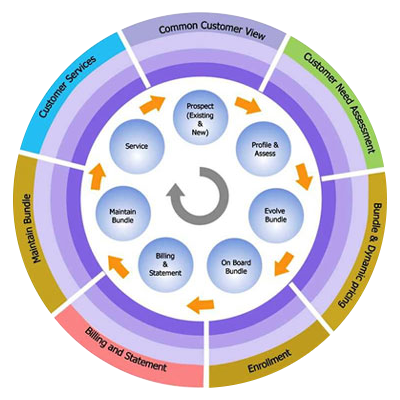Product bundling is offering several products for sale as one combined product. It is a common feature in many imperfectly competitive product markets. The business concept of bundling products and services is far more than just adding a service to a product. It deals with a new market concept, where the bundle attracts customers who wouldn't buy the product without bundle. A well known example is market development the mobile phone. A mobile phone as such was considered as too expensive. The problem was that the costs are higher than the perceived value. So one may conclude that there is no market for mobile phones. However the service of a telecom company has a high perceived value in combination with low costs. The marketing trick in such a case is to combine the product and the service in one bundle. Product bundling is most suitable for high volume and high margin products.

When effective, a product bundling strategy can significantly increase profits on individual sales and over time. Product bundling in banking can increase profits by 15 to 30 percent, according to consulting firm Collabera. Selling multiple products or components in one solution means a greater initial return on the costs of acquiring a customer. Some companies use bundling as a way to package less popular products with hot selling items, although this reasoning is sometimes criticized. You can also create longer-term opportunities for add-on sales when you get multiple products in a customer's hands.
Varieties of Bundling